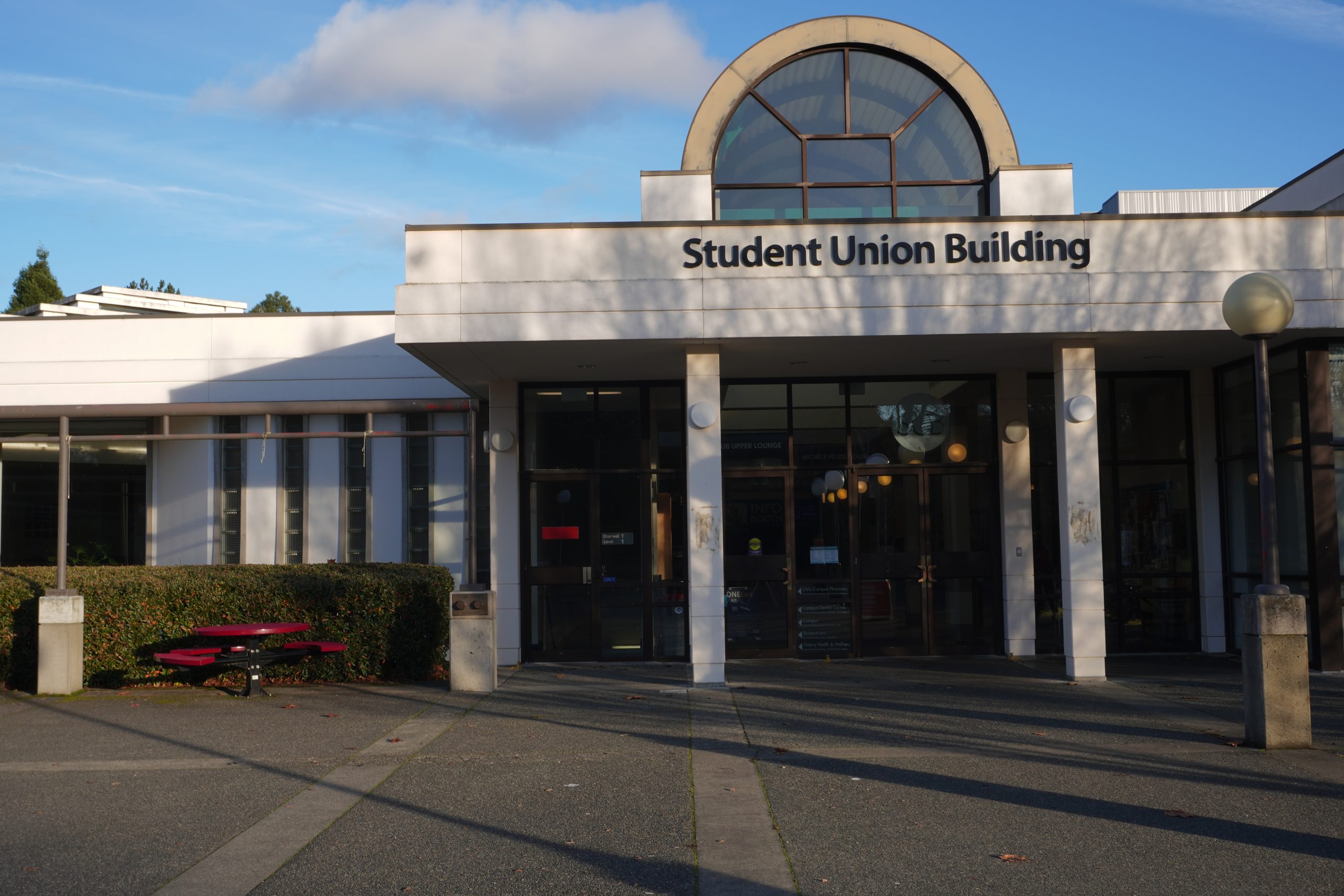Stroke patients affected by decreased strength on one side of their body can improve walking ability through high-intensity strength training on their unaffected side, according to new findings by UVic researchers.
The cross-education effect — the idea that strength-training a muscle group on one side of the body can strengthen the same muscle group on the other side — was discovered in the 1800s. In a person without any neurological damage, the untrained side typically gains half the strength that the trained side gains.
At first, Paul Zehr, the director of UVic’s Centre for Biomedical Research, didn’t believe this phenomenon had any significant implications.
“If you asked, ‘Hey, do you have any ideas about how to get stronger? I want to get my arm stronger,’ and I said, ‘Okay, do all these elbow flexions, but just do it with one arm and your other arm will get half as strong’ . . . you would wonder why you don’t just train both arms so you get 100 per cent strength gains on both sides, and I would agree that’s a better idea,” says Zehr.
But what if you already have an asymmetry? What if you have one side of your body that’s already a lot weaker than the other side? These were the two questions that caused Zehr to bring the cross-education effect into his stroke rehabilitation research lab.
Zehr’s research objective is to find ways to help people walk better after a stroke, which is the loss of brain function due to interrupted blood flow to the brain or the rupture of blood vessels in the brain. He and fellow researcher Katie Dragert, a UVic PhD student, recruited 24 stroke survivors to complete six weeks of training on their unaffected lower legs. Training involved “basically a piece of wood with a right angle on it and some straps that you can just put onto your chair and pull on … like you’ve got your foot in a ski boot,” says Zehr. Results revealed equal improvement in strength in both legs, about 30 per cent within the training period. These results are “very strange but really exciting,” says Zehr.
“Our wildest expectation was that it would be a smaller version of the effect we see in people who don’t have damage [to the nervous system], in terms of per cent changes. In fact, it was almost equivalent,” he says. “Not only did the cross-education effect work after a stroke; it works better.”
Zehr says cross-education is a result of small changes happening in many places, including the spinal cord, reflex pathways that support the ability to contract muscles and parts of the brain that plan movement.
The sharing of information between the two halves of brain also plays an important role. Many people believe the left side of the brain controls the right side of the body, and vice versa. But this is not completely true, says Zehr, who uses the example of flicking your right-hand fingers to illustrate.
“At the same time when the left side of your brain is active to move the right fingers, it is sending a message within your brain from the left side to the right side of your brain — which would control your left fingers — saying, ‘By the way, this is what [the right side of the body is] doing,’ ” he explains.
“It seems this sharing of information about what the right side of the body is doing might be carrying the message for this small change we’re talking about that normally goes on in cross-education,” Zehr says.
Why or how this small change is amplified in stroke patients is unknown, but Zehr suggests two possibilities. First, people who have suffered a stroke end up in a weakened state that might allow them to show more change when training. Second, a stroke could reveal connections between all limbs and different sides of the body that exist but are partially hidden when the body is in a healthy state.
“It’s only when you’re in that damaged state that the phenomenon is really useful for recovery,” says Zehr.
Next, Zehr hopes to find out if this phenomenon works in the upper limbs as well. He predicts that, in the future, cross-education strengthening will be implemented as a module of a bigger rehabilitation program for stroke patients in his lab.








